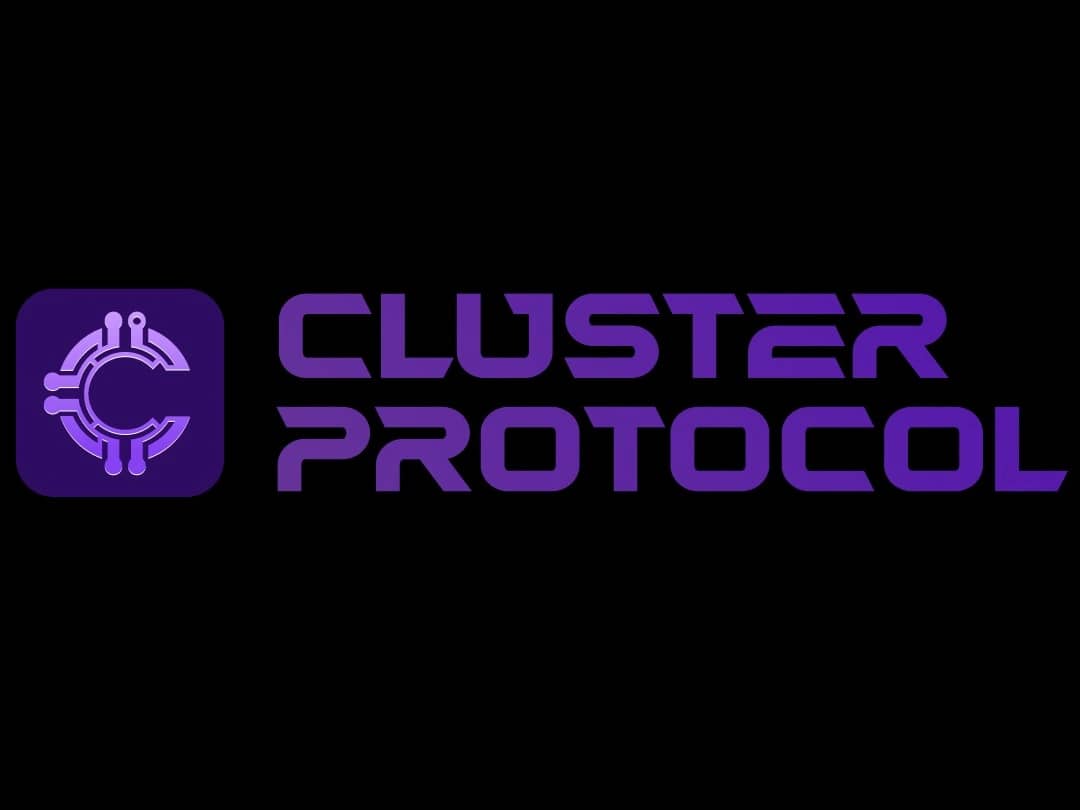Cluster Protocol
Cluster Protocol is a proof-of-compute protocol and open-source community dedicated to decentralized AI models. It facilitates secure model training by incorporating encryption and federated learning techniques, ensuring data privacy and localization. Through features like decentralized datasets, collaborative model training, and opportunities for passive income generation by contributing resources, Cluster Protocol aims to democratize GPU access, promote decentralized data sharing, reduce computational barriers, and simplify model monetization for developers. [1]
Overview
Cluster Protocol addresses the rising demand for computational power in AI, blockchain, and GPU technology through decentralization. It facilitates the exchange of computational resources, datasets, and AI models, aiming to democratize AI development. Users can monetize idle GPUs through initiatives like Deploy to Earn, while the Proof of Compute Protocol ensures secure transactions and optimized resource usage. The platform is supported by the $CP Token, which incentivizes contributions and promotes sustainable growth. [1][2]
Additionally, it introduces a transparent compute layer for the verifiable processing of tasks, decentralizes data control to prevent monopolization, and offers pre-built image instances for simplified AI model deployment. Advanced AI models cater to executive tasks, while privacy is prioritized to ensure secure data handling and compliance with regulations. [1][2]
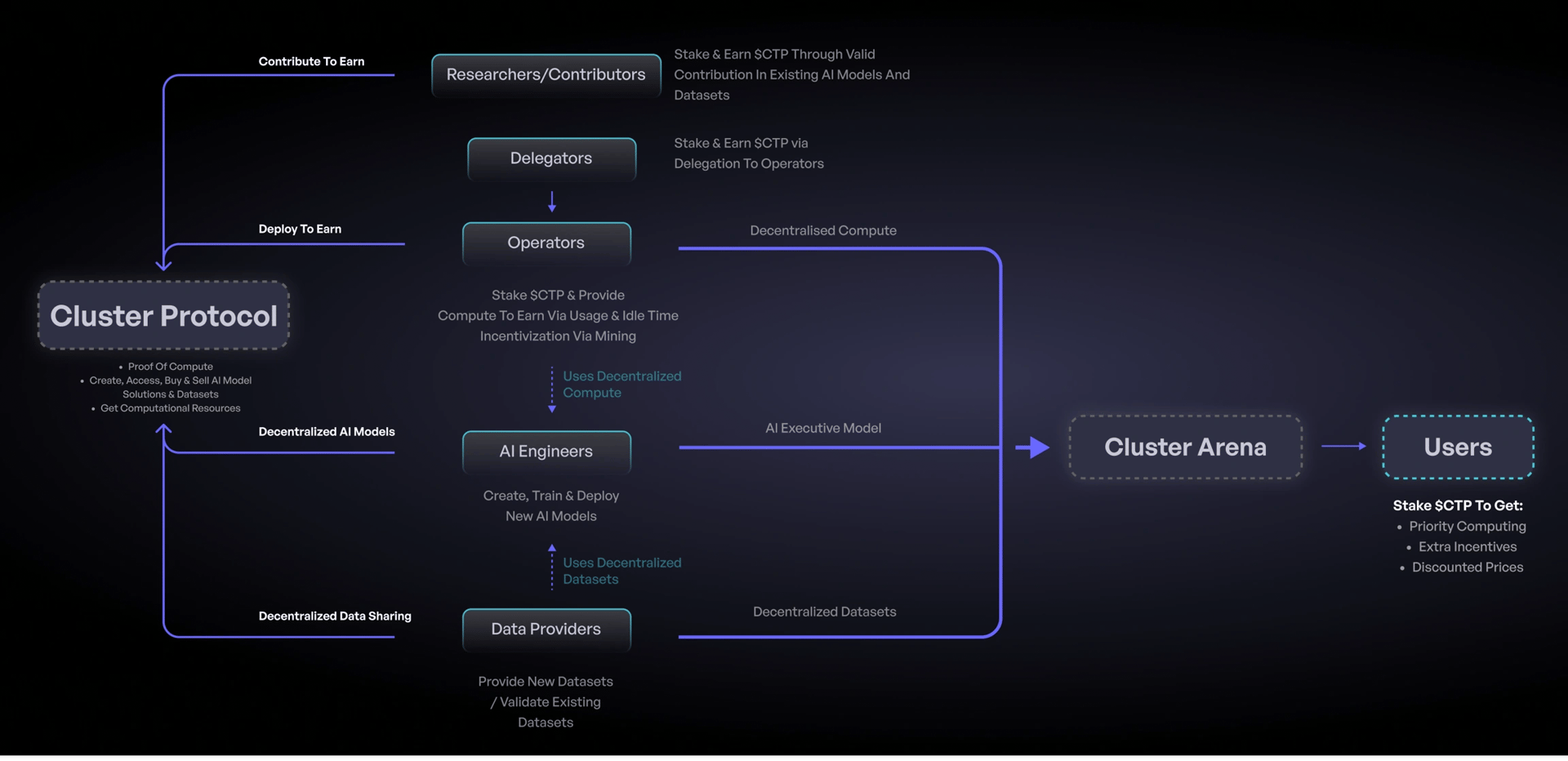
Technology
Proof of Compute Layer (PoC)
"Proof of Compute" denotes methods or systems verifying computational work completion, encompassing Proof of Work and Proof of Stake mechanisms. Cluster Protocol utilizes this approach to harness computing resources for AI tasks efficiently and securely. This mechanism targets resource-intensive functions like training and inference challenges, requiring specialized hardware such as TPUs and GPUs. [3]
The PoC Architecture is comprised of five key components: [3]
- Decentralized Network of Compute Nodes: The architecture relies on a decentralized network of numerous nodes with industrial-grade computing resources. These nodes are distributed globally, offering varied computational power and capabilities.
- Trustless Proof of Compute Layer: At the network's core is a trustless Proof of Compute layer, which validates computational work without necessitating trust between parties. It ensures the accuracy of node-provided computational output, prevents fraudulent activities, and ensures integrity.
- Transparent Resource Verification: The network implements mechanisms to verify and display each compute node's attributes, including GPU/TPU types, infrastructure technology, geographical location, throughput, uptime, and other relevant parameters. This transparency lets users make informed decisions when selecting nodes for their AI tasks.
- Smart Contracts for Task Assignment and Reward Distribution: Smart contracts automate task assignment to nodes and reward distribution based on verified task completion. They encode terms related to required computational resources, expected output, deadlines, and compensation, ensuring fairness and efficiency.
- Security and Privacy Measures: The architecture employs encryption, secure multi-party computation techniques, and anonymization protocols to safeguard sensitive information and ensure user privacy.
Decentralized AI Model
Cluster Protocol introduces a novel decentralized framework designed to democratize AI development. It enables decentralized compute access, allowing nodes to share or rent out their idle computing resources as an economical alternative to traditional centralized compute resources. The protocol prioritizes enhanced data privacy with Fully Homomorphic Encryption (FHE), ensuring the confidentiality and security of data during processing. Additionally, incorporating a Proof of Compute (PoC) mechanism, Cluster Protocol offers a robust solution for verifying and validating AI models, ensuring model integrity. [4]
Fully Homomorphic Encryption
Fully Homomorphic Encryption (FHE) is a cryptographic technique that enables complex computations on encrypted data without decryption, ensuring privacy and security. In the Cluster Protocol ecosystem, FHE protects data privacy during distributed AI training and validation, enabling participants to contribute securely and benefit from AI models. [5]
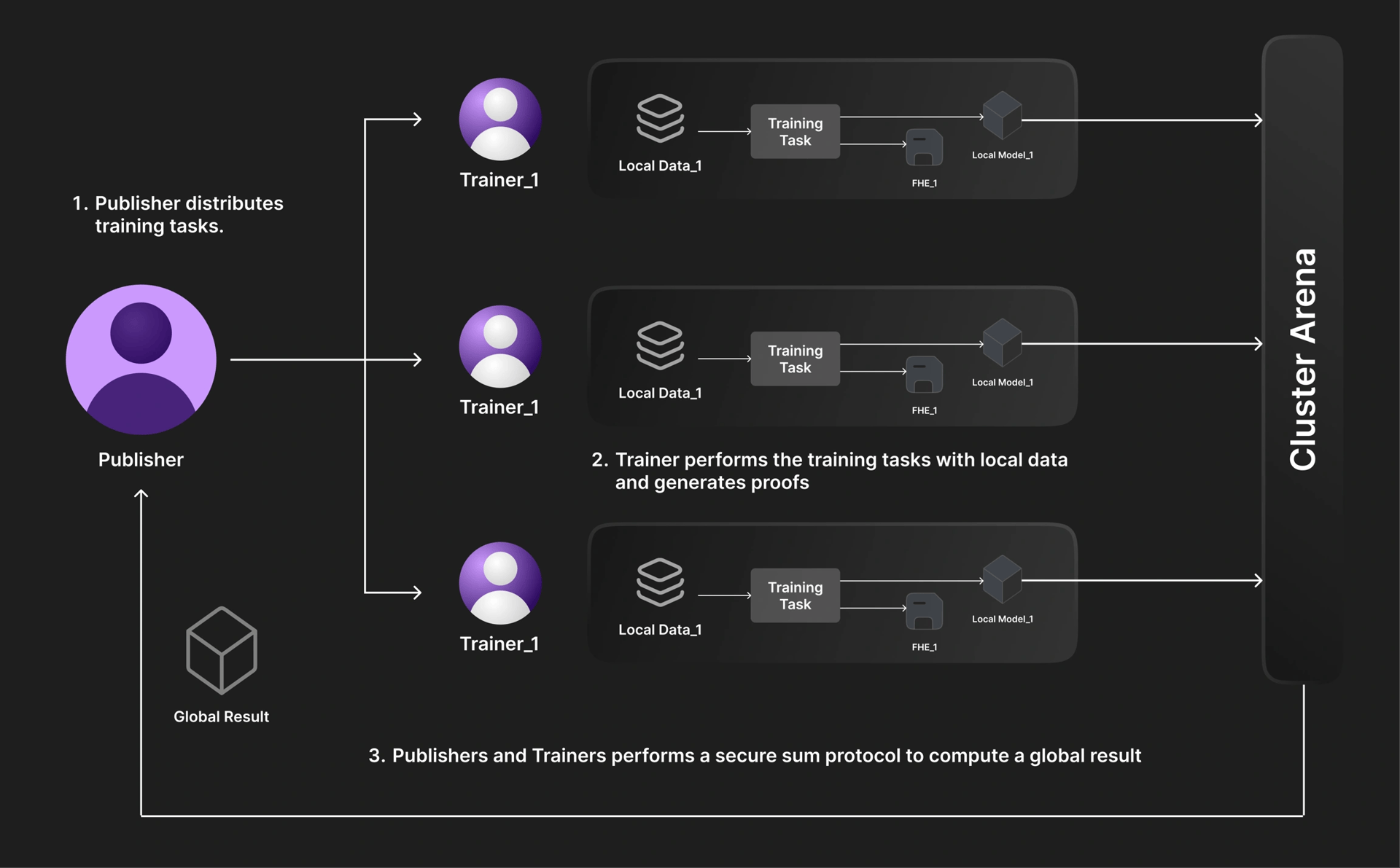
Decentralized Datasets
Cluster Protocol utilizes decentralized datasets, offering access to a wide range of public datasets and empowering users to host and manage private, proprietary data within personal Data Vaults. These datasets are the foundation for AI development, providing crucial scope, robustness, and confidence to AI projects. Quality and quantity are key factors, especially for deep learning models, which require large quantities of high-quality data for optimal performance. Public datasets offer real-world insight, support verification, and longitudinal research, while the emancipation of datasets as essential components of scientific infrastructure highlights their increasing importance. [6]
On Cluster Protocol, users can list, discover, and access datasets, maintain control over data access, ensure privacy-preserving computation, and monetize their datasets through token-based transactions, contributing to a dynamic marketplace for data within the ecosystem. [6]
Decentralized GPU Renting
GPU resources are essential for efficiently training complex models in AI development. Cluster Protocol facilitates the rental of idle GPU computational resources within a decentralized framework, democratizing access to powerful computing that is particularly valuable for AI development. Owners can list their GPUs on the network, earning passive income while contributing to a collective pool of resources. [7]
Cluster Protocol is a hub for AI model development and training, offering a decentralized GPU renting system tightly integrated with its AI model hub and training processes. This integration allows developers to access decentralized computing resources for training AI models, overcoming traditional constraints and costs associated with centralized cloud services. The platform's Proof of Compute layer ensures the integrity of computations performed on rented GPUs, validating processed data and resultant AI models to maintain trust among all participants. [7]
By amalgamating decentralized GPU renting, AI model hub, training facilitation, and Proof of Compute mechanisms, Cluster Protocol creates a unified ecosystem that empowers AI developers with essential resources for training and deploying models while providing GPU owners with a passive income stream. This alignment of incentives and resources positions Cluster Protocol as a central hub for AI developers and users, fostering innovation and expediting AI advancement in an open and accessible manner. [7]
Model Deployment and Monetization
Cluster Protocol facilitates the development and monetization of AI technologies through its versatile platform. Developers can effortlessly deploy AI models on Cluster Arena, the platform's marketplace for distributed AI models, ensuring global accessibility and availability. Additionally, a built-in system allows developers to monetize their AI creations within the Cluster ecosystem, offering flexible options for selling or licensing their models. [8]
The platform's revenue model is algorithmically transparent, correlating earnings with model utilization and performance metrics. This ensures that revenue is directly tied to the frequency and effectiveness of AI model usage, fostering a seamless earning environment within the Cluster Protocol ecosystem. [8]
Automated Deployment and Scaling
Cluster Protocol integrates Kubernetes, a container orchestration system, to automate application container deployment, scaling, and management across clusters of hosts. This collaboration offers numerous advantages. Kubernetes automatically deploys containerized applications based on predefined conditions and scales them according to demand, optimizing resource usage. It efficiently schedules containers on compute nodes, ensuring optimal resource utilization and preventing wastage. Additionally, Kubernetes can detect and restart failed containers, replace them when nodes fail, and maintain high availability by avoiding placing containers on unhealthy nodes. Moreover, it distributes network traffic to ensure stable application deployment, thus keeping AI services responsive. [9]
Kubernetes also exposes containers using DNS names or IP addresses and balances network traffic to ensure stable deployments. Furthermore, it orchestrates containers across distributed resources, aligning with the decentralized resource model of Cluster Protocol. Within Cluster Protocol, Kubernetes is utilized for containerizing AI services, managing compute workloads, integration with the decentralized layer, monitoring and logging, continuous integration and delivery (CI/CD), and namespace and multi-tenancy functionality. [9]
$CP Token
The $CP token plays a central role in the Cluster Protocol ecosystem, aiming to encourage active participation. It offers a diverse incentive system to support growth and enhance the network's overall value. Participants have the opportunity to earn $CP tokens through various activities such as renting out GPU power, contributing to AI and compute layers, staking for network security, providing liquidity, referring new users, participating in testnets, and contributing to community-driven enhancements like bug bounties and innovation bonuses. Holding $CP tokens grants access to exclusive benefits within the ecosystem, including reduced fees on transactions and services and governance rights to participate in important decision-making processes. [10]
Partnerships
Pivot
Cluster Protocol has been selected to join Pivot’s flagship acceleration program and has received seed and strategic funding from Pivot Ventures. Cluster Protocol aims to democratize access to AI technologies globally, utilizing innovative protocols and encryption techniques. Pivot is a guiding partner for Cluster Protocol, assisting in key milestones and strategy execution. This collaboration signifies innovation in AI and blockchain technologies to empower individuals and businesses in the digital age. [11]
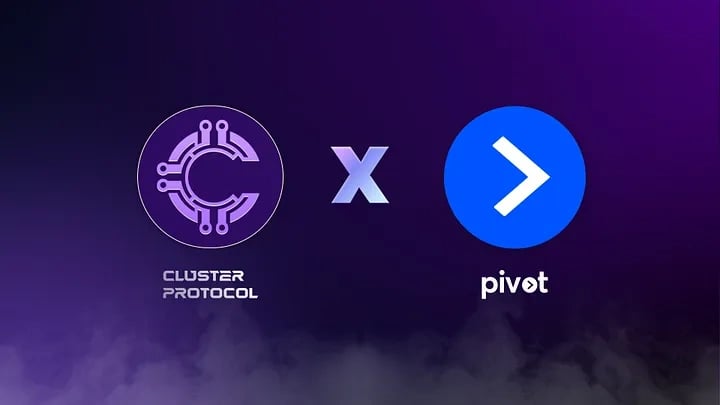
GPT360
On April 3rd, 2024, the GPT360 team announced the addition of a new media partner in the Web3 industry. The collaboration with Cluster Protocol, a respected project, provided significant visibility and trust to the GPT360 project. This partnership aimed to attract more users and investors, expanding the audience of both projects. [12]
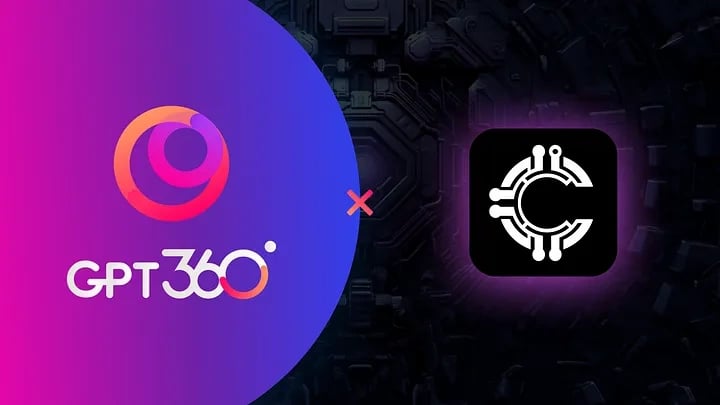
Web3Go
On March 30th, 2024, Cluster Protocol announced a strategic partnership with Web3Go, a data intelligence network that builds the data pre-processing layer for decentralized AI. [13]
HyperGPT
On March 27th, 2024, a strategic partnership with HyperGPT was announced. HyperGPT, a platform for creating AI-powered decentralized applications (dApps), offers a marketplace for sharing AI solutions and provides SDKs for seamless integration of AI functionalities. With the aim of empowering developers and businesses to effectively utilize AI technology, HyperGPT facilitates innovation and collaboration within the AI community. [14]
